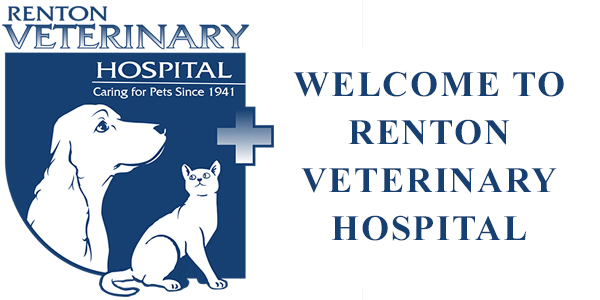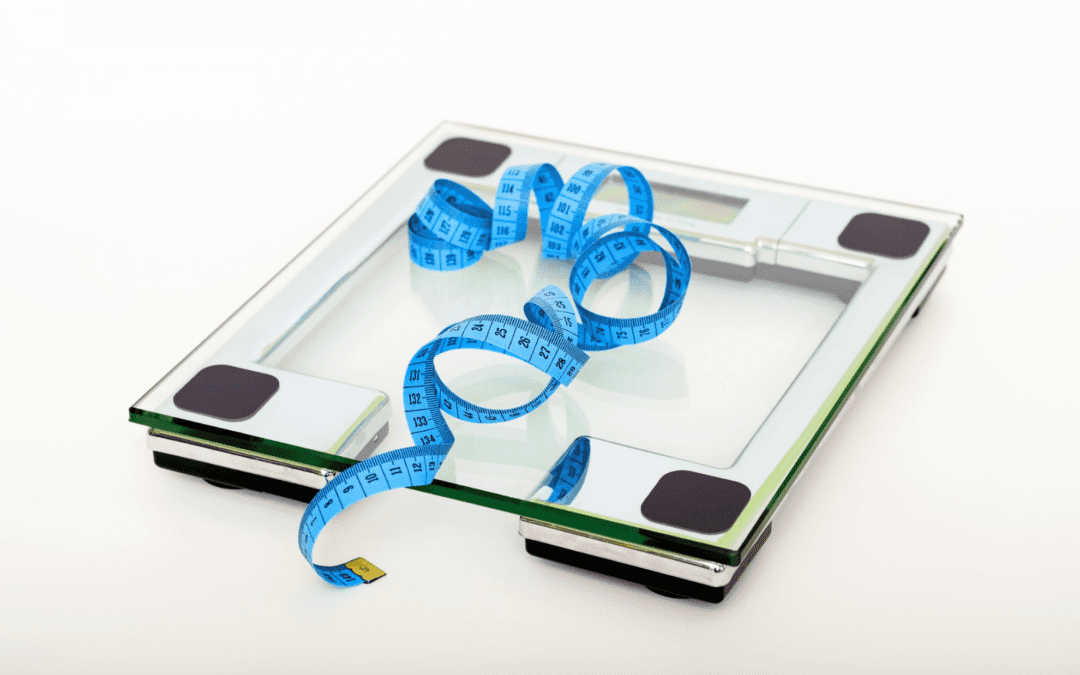As you make your new year’s resolutions, don’t forget to include your furry friend! Since many resolutions focus on maintaining a healthy lifestyle, this is a good opportunity to think of your pets as well! Evaluate your pet’s body condition and see if diet and activity changes are in order. They might also turn out to be great accountability partners for you! Over half of pet dogs and cats are overweight or obese, and recent studies show that overweight pets live significantly shorter lives than healthy pets. Is your pet included in the unhealthy majority? Make this year the one you commit to your pet’s health! Help them stick to a healthy lifestyle!
ESTABLISH A BASELINE AND ASSESS YOUR PET’S BODY CONDITION A healthy body condition is individual for each pet. First measure and establish their current state. Note it down for reference later. At ideal body condition, your pet should show below characteristics:
- A distinct waist when viewed from above
- An abdominal tuck when viewed from the side
- Ribs that can be felt without excess fat covering
To determine whether your pet is overweight, take an honest look at their body and determine if they fit this description. You can also use canine and feline body condition score (BCS) charts to help you objectively determine where they fall on a standardized scale.
We are here to help you assess your pet’s body condition. Don’t forget to ask us to share our honest opinion about your pet’s weight, and how much your pet may need to lose to reach an ideal body condition.
FEED YOUR PET FOR A HEALTHY WEIGHT Overfeeding is an obvious cause of weight gain, yet many pet owners fail to limit their pet’s food to a healthy amount. Follow these tips to feed your pet for a healthy weight:
- Feed your pet two meals a day instead of free-feeding, because most pets will overeat if allowed to eat freely.
- Choose a high quality, reputable pet-food brand.
- Limit treats to no more than 10% of your pet’s total daily intake, and subtract the calories from your pet’s daily food allotment.
- Precisely portion out each meal with a measuring cup or kitchen scale to avoid overfeeding.
- Follow feeding recommendations on the pet-food packaging.
- Try healthy treat alternatives, such as raw carrots and green beans for dogs, or a small spoonful of pumpkin or cantaloupe for cats.
- Some pets may benefit from a purpose formulated weight management or weight loss diet with a lower calorie density and adding protein, and sometimes fiber, to help the pet feel full.
Never severely limit your pet’s calorie intake or attempt to put her on a diet without consulting us. Weight loss should be slow and gradual, and is best accomplished by making healthy lifestyle changes. Rapid weight loss is not healthy for your pet and can cause severe health problems.
INCREASE YOUR PET’S ACTIVITY Diet is only half the battle—maintaining a healthy weight also requires regular activity. Make your pet your accountability partner, and plan exercise activities you can do together. Your pet may not be overweight, but increased activity will stimulate their mind, prevent boredom, and improve their overall health, as well as yours.
If your pet is not used to exercising, start with a short, daily walk to stimulate their muscles. As they acclimate to increased activity, increase your walking distance weekly, and work up to longer stretches. When the weather improves, add outdoor activities, such as exploring nearby parks, hiking, or camping. Once your pet becomes accustomed to regular exercise, they will be your best-ever accountability partner, because they won’t want to miss the fun.
If cold weather keeps you indoors, your pet shouldn’t skip her daily exercise. Here are some ideas on indoor activities to help keep your pet active:
- A short game of fetch
- Completing an indoor agility course
- Chasing a toy on a string, or a battery-operated mouse
- Playing hide-and-seek
- Solving interactive feeding puzzles
- Learning new commands
If you have questions about your pet’s weight, call us today at (425) 255-8676 or schedule an appointment.

